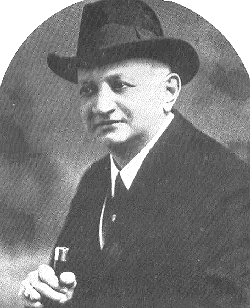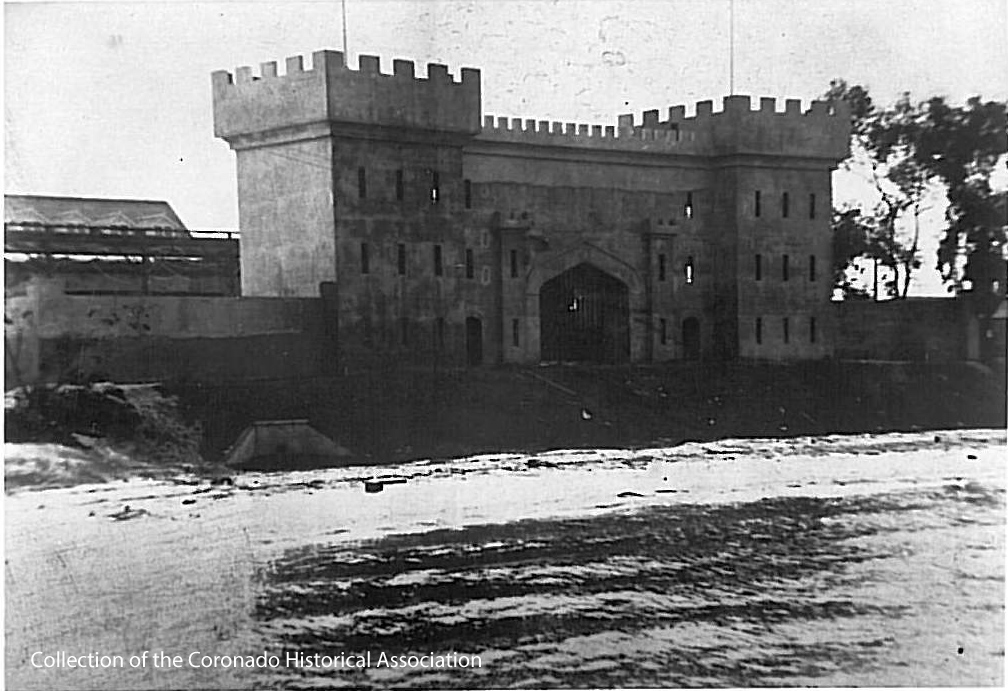
Another in a regular series of fascinating, intriguing, or thoughtful tales about people and places in Nado history — presented by your Coronado Historical Association
The name Siegmund Lubin does not carry the same weight in Hollywood like Steven Spielberg, Alfred Hitchcock, or Orson Welles. However, all four gentlemen have played a significant role in the motion picture industry but Lubin was the only one of the four with Coronado credentials. Lubin was in his prime in the years just before and during World War I, and for several years his name hung high atop a prominent Coronado building.
Siegmund Lubin came into the film industry in 1896 by distributing films for Thomas Edison and the Edison Moving Picture Company but quickly established his own production company in Philadelphia. Shrewd and aggressive, Lubin became known as the “King of Motion Pictures” in the years around World War I and he ultimately directed or produced over a thousand short silent movies.
Early on, California filmmakers swarmed to San Diego to shoot scenes for movies in the region’s bright natural light. For example, the Edison Moving Picture Company featured various films on Coronado beach, Tent City, and the Hotel Del Coronado beginning in 1901. When Lubin likewise turned his eyes on San Diego with his immense prestige and stature everyone took notice.
Lubin opened the western branch of his production company in Coronado in 1915 under manager Wilbert Melville. The Lubin studio was located at Orange and First Street next to the offices of the Coronado Beach Company and down from the Ferry Building (about where the Southern Baptist Church is today). John D. Spreckels owned this land and extended a lease to Lubin of one dollar per year as long as all members of the studio resided in Coronado.
For two years, actors, directors, writers, and cameramen walked Coronado streets or queued up in lines waiting for the ferry. The San Diego History Center lists 43 movies produced by Lubin at his Coronado studios during this time. Short in length and saucy in character, these movies featured such titles as “Billy Joins the Navy”, “The Slave of the Harem,” and “Sons of the Sea”. During a single month in 1916, Lubin’s Coronado studios churned out ten different movies.
Although an inventor of his own cameras and optics and a leader in synchronizing theater music with his silent films, Lubin didn’t believe that “talking” pictures could be commercial viability during this time. His films earned good profits in the United States, but he was ultimately driven out of business by the economic disruptions of World War I. (Campbell Schengel)

Photos of Siegmund Lubin and a false castle movie set built on First Street next to the Ferry Landing (1915) courtesy of the Coronado Historical Association




